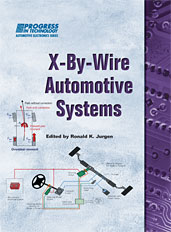Technical Paper
“Dynamic Analysis of Cabin Tilting System of Heavy Trucks Using ADAMS-View for Development of a Software Interface for Optimization”
2008-10-07
2008-01-2683
Design of a Cabin Tilting System of heavy trucks, a multi degree of freedom mechanism, is a challenge. Factors like adequate tilting angle, cabin styling, packaging, non interference of tilting system with ride comfort, forces in the system, specifications of the hydraulic system, are all very important for designing the system. Numerous considerations make the design process highly iterative hence longer design time. This paper primarily focuses on Kinematics and Dynamic analysis of the system in ADAMS and validation of system with real time testing results. Intention of this work is to make a parametric ADAMS model and link it to a Knowledge Based Engineering application to facilitate designer to quickly carry out design iterations for reducing development time. The Knowledge Based Engineering software is made using object oriented language called ‘Object Definition Language’ which has been developed using C and C++ software languages.

